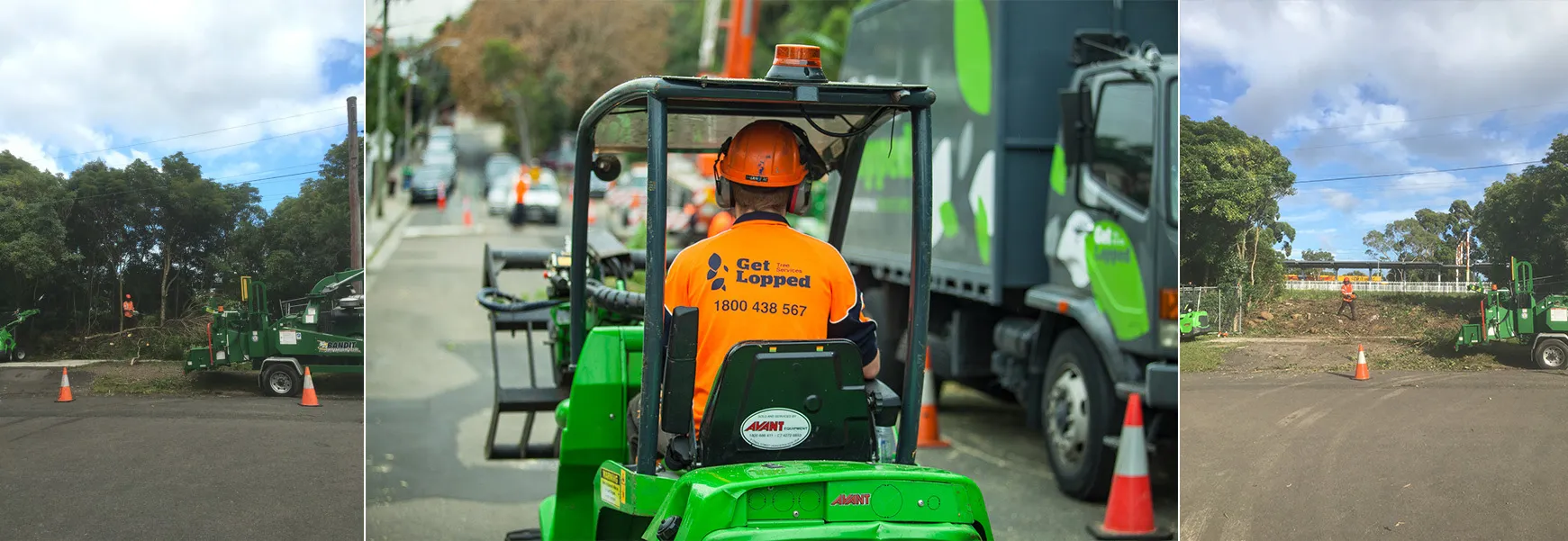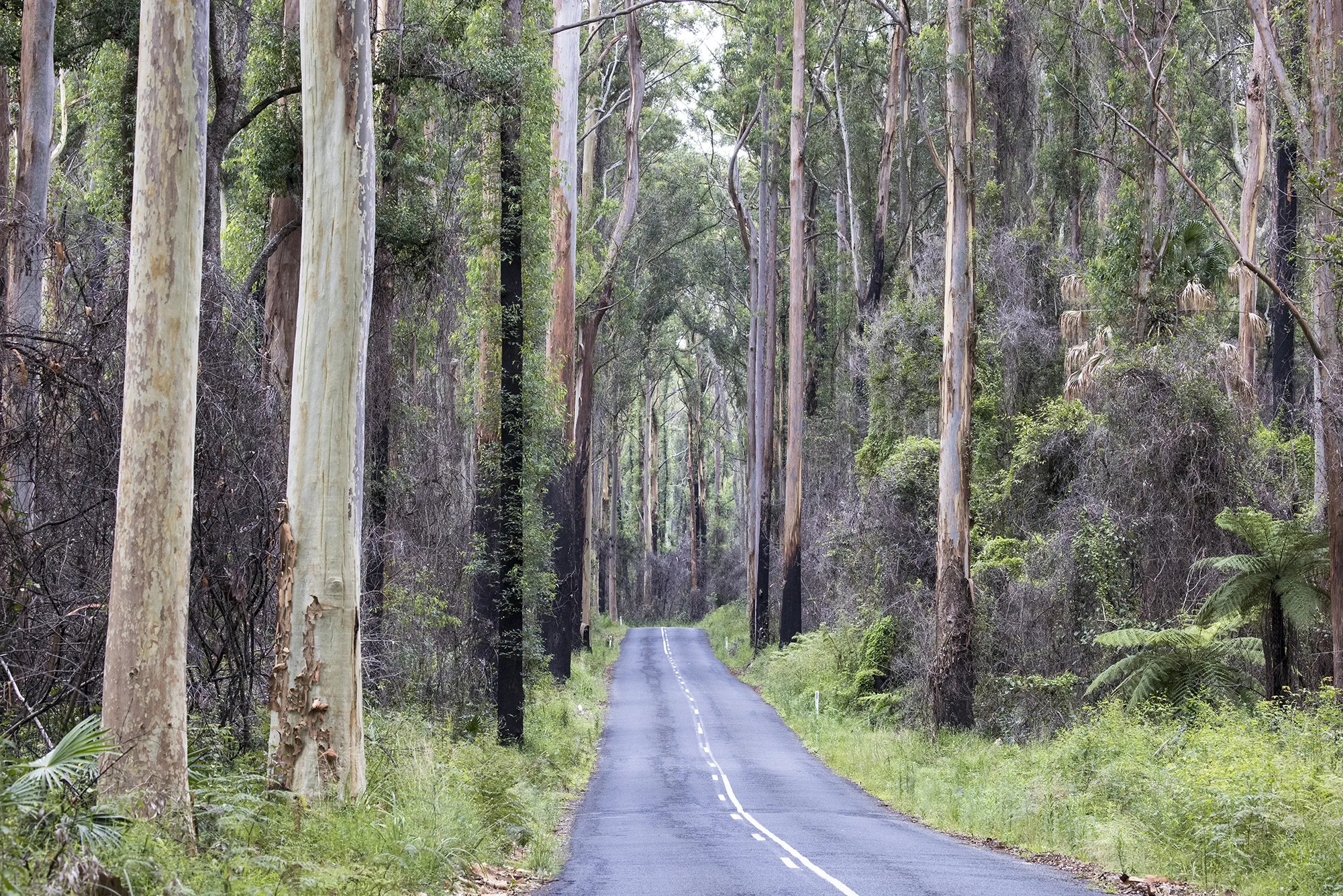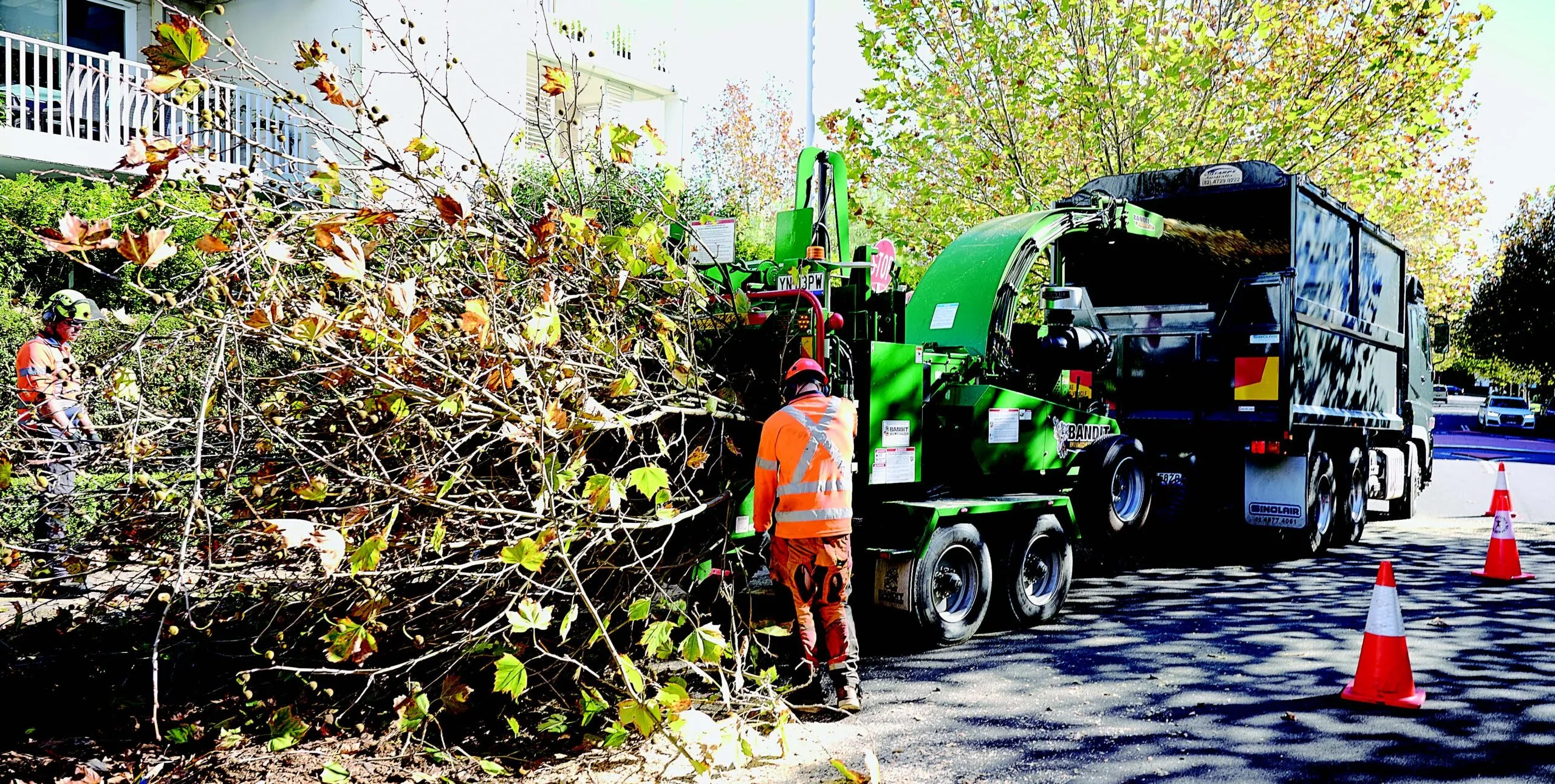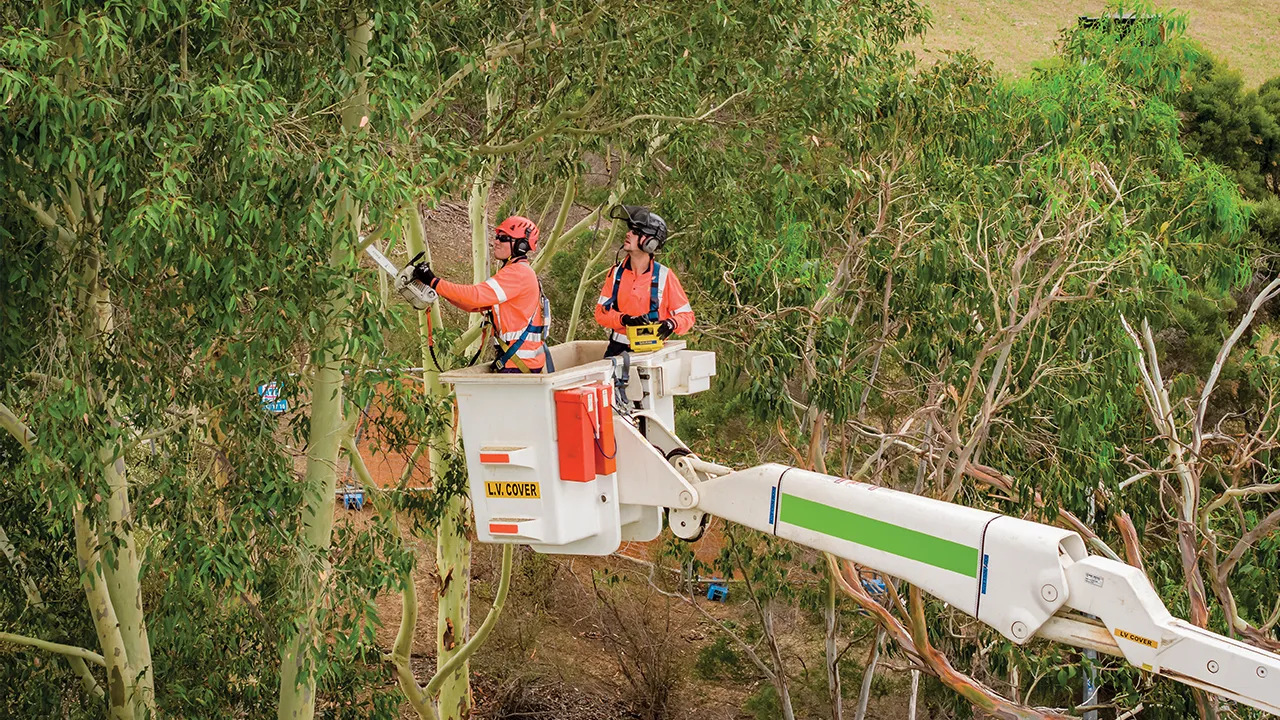Commercial tree removal is more complex and dangerous than residential tree removal jobs. It’s important that appointed team of arborists are highly trained, experienced and have specialised heavy duty equipment. Mistakes can be extremely dangerous and expensive to fix.
TreeLink is fully equipped, resourced and experienced to undertake commercial block and land clearing projects, tenders and government work of any size. We specialise in commercial tree removal and trimming including lopping, pruning, stump grinding, wood chipping, root pruning, repair/maintenance and ground levelling. Our team will also clean-up the site at the end of the job.
We can ensure trees are removed safely and efficiently so that other work can begin. We have the expertise and machinery to quickly fell and remove trees.
We can clear large areas of land with efficiency and cost-effectively. Our machinery includes multiple sizes of wood chippers, excavators (5-20 tonne), forestry mower, tub grinder, avant loader and various stump grinders.
We employ strict safety assessments and procedures to manage on-site risk. We are fully compliant with current WHS regulations and Australian Standards AS 4373-2007 (Pruning of Amenity Trees). TreeLink is also ISO accredited for environmental, quality and safety – Quality 9001, Environment 14001, OH & S 4801. Our staff hold AQF Level 2 to 5 Arborist Certificates. We are qualified to work on large commercial sites, with Senior First Aid, Traffic Control (blue and yellow cards), Aerial Rescue, Power Line Approach, Chemical Preparation and Application, and EWP Operation qualifications.
Common Hazards and Risks of Accessing Trees
Land clearing is dangerous work and can include:
- Tree hazards caused by falling branches and other objects, such as machinery, causing punctures and cuts
- Slips trips and falls from branches due to failure of anchor points
- Falling from height due to incorrect use of ropes, knots and devices like descenders
- Injury sustained from manual tasks such as lifting, pushing, pulling and holding machinery
- Contact with energised overhead electric lines or underground services
- Crush injuries, entanglement, cuts and abrasions from the incorrect use or lack of maintenance of machinery e.g. chainsaws, wood chippers and stump grinders
- Biting or stinging hazards including ants, bees, wasps and snakes
Tree Hazard Risk Assessments
When carrying out a risk assessment of the site for commercial tree removal and landing clearing, consider:
- The stability and integrity of the tree:
- Is the tree decayed or dead and unsafe to climb or be attached to?
- Are the species or the tree susceptible to branch failure when under load?
- Is the tree stable in the ground?
- Is the crown of the tree leaning heavily in one direction?
- Is the tree suitable to be climbed?
- The condition of the ground surface including the type of soil, underground services, underground tanks and drains.
Control Measures for Accessing Trees
- Conducting a site-specific hazard and risk assessment
- Using a rope access system
- Establishing and maintaining an exclusion zone
- Having a spotter to maintain the exclusion zone while work is being done in the tree
- Ensuring the harness and climbing spikes fit correctly and are comfortable
- Planning a clear access route
- Checking the tree for bees, wasps or other animals before accessing
- Checking anchor points thoroughly before leaving the ground
- Weighting your climbing system before disconnecting your second point of attachment
- Having an emergency plan including an aerial rescue procedure
- Ensuring traffic control measures are in place within the established exclusion zone when working on or above roads
Contact TreeLink for all your commercial tree service and removal needs. We invite requests to tender for tree work.



